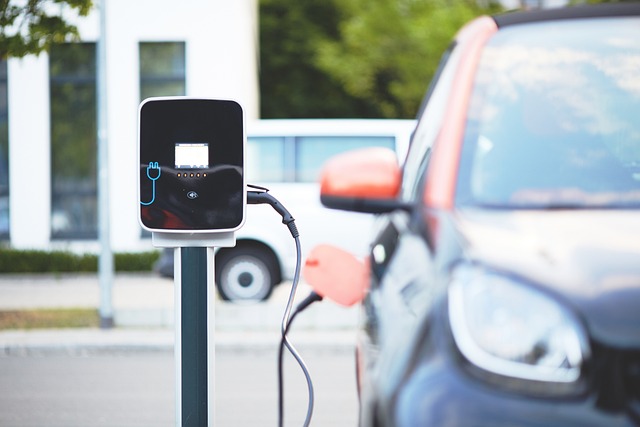Regulatory Considerations for Small Enclosed Electric Vehicles
Small enclosed electric vehicles are an emerging segment of micromobility that combine weather protection and compact footprint with electric propulsion. Regulators, manufacturers, fleets, and city planners must address vehicle classification, safety systems, charging infrastructure, and lifecycle impacts to integrate these vehicles responsibly into urban networks.

Small enclosed electric vehicles occupy a distinctive niche in micromobility: they offer protection from the elements and a smaller footprint than conventional cars, while presenting regulatory and technical questions that differ from both bicycles and passenger cars. Policymakers and operators need a clear framework that balances safety, accessibility, and sustainable lifecycle practices without stifling innovation.
How do micromobility rules apply to enclosed electric vehicles?
Many existing micromobility laws were written for bicycles and scooters and do not account for small enclosed electric vehicles. Regulators must decide whether to classify these vehicles as low-speed vehicles, quadricycles, or a new category altogether. Classification affects registration, licensing, permissible operating areas, helmet and lighting requirements, and whether vehicles can use bike lanes. Harmonized technical definitions—such as maximum speed, vehicle mass, and occupant protection—help cities adopt consistent rules and reduce ambiguity for manufacturers and users.
What safety systems should be required for these vehicles?
Safety considerations extend beyond rider protection to include crashworthiness, stability, and pedestrian interactions. Required systems may include seatbelt anchors, rollover protection, effective lighting and conspicuity, and speed-limiting controls. Electronic stability and anti-lock technologies can mitigate risks in confined urban contexts. Regulators should also require testing protocols adapted to small enclosed platforms, focusing on side-impact and low-speed collision performance, pedestrian avoidance technology, and clear safety labeling for operators and maintenance personnel.
Which regulations influence charging, range, and energy management?
Charging and range shape how these vehicles are deployed in urban environments. Rules should cover home and public charging interoperability, electrical safety standards for onboard chargers, and guidelines for battery swapping where applicable. Minimum battery containment standards and thermal management requirements mitigate fire risks. Range expectations influence where vehicles can operate reliably; regulators may set labeling standards for estimated range under defined conditions to inform users and fleet operators about operational limits and charging cadence.
How do materials and lifecycle concerns affect regulatory choices?
Material selection and end-of-life planning are central to sustainability. Regulations can encourage recyclable materials, standardized battery modules for easier reuse or recycling, and requirements for manufacturer take-back programs. Lifecycle assessments should be integrated into procurement and incentive policies to account for embodied emissions, repairability, and durability. Clear labeling of materials and repair manuals helps maintenance providers and recyclers manage components safely and cost-effectively while reducing overall environmental impact.
What ergonomics, insulation, and maintenance standards are appropriate?
Ergonomics and insulation impact user comfort and safety, particularly for year-round urban use. Standards for occupant visibility, ingress/egress dimensions, seating ergonomics, and climate control (passive or active insulation) support accessibility and usability. Maintenance standards should specify inspection intervals for critical systems (steering, brakes, battery connections), dust and water ingress protection (IP ratings), and qualified technician training. Requiring accessible service information encourages longer vehicle lifespans and safer operation.
How should regulators address ongoing maintenance and lifecycle management?
Effective regulation includes requirements for maintenance records, periodic safety inspections, and clear end-of-service criteria for batteries and structural components. Fleet operators may be required to maintain logs demonstrating timely preventative maintenance and component replacements. Regulations can incentivize modular designs that simplify repairs and reduce waste. Consumer-facing notices about expected maintenance intervals and safe storage practices also support safe, long-term deployment in urban settings.
Conclusion Integrating small enclosed electric vehicles into urban transport networks requires a tailored regulatory approach covering vehicle classification, safety systems, charging and range expectations, materials and lifecycle planning, ergonomics, and maintenance. Well-crafted rules can ensure public safety, promote sustainability, and provide clarity for manufacturers and operators while allowing the sector to evolve with technological advances.






